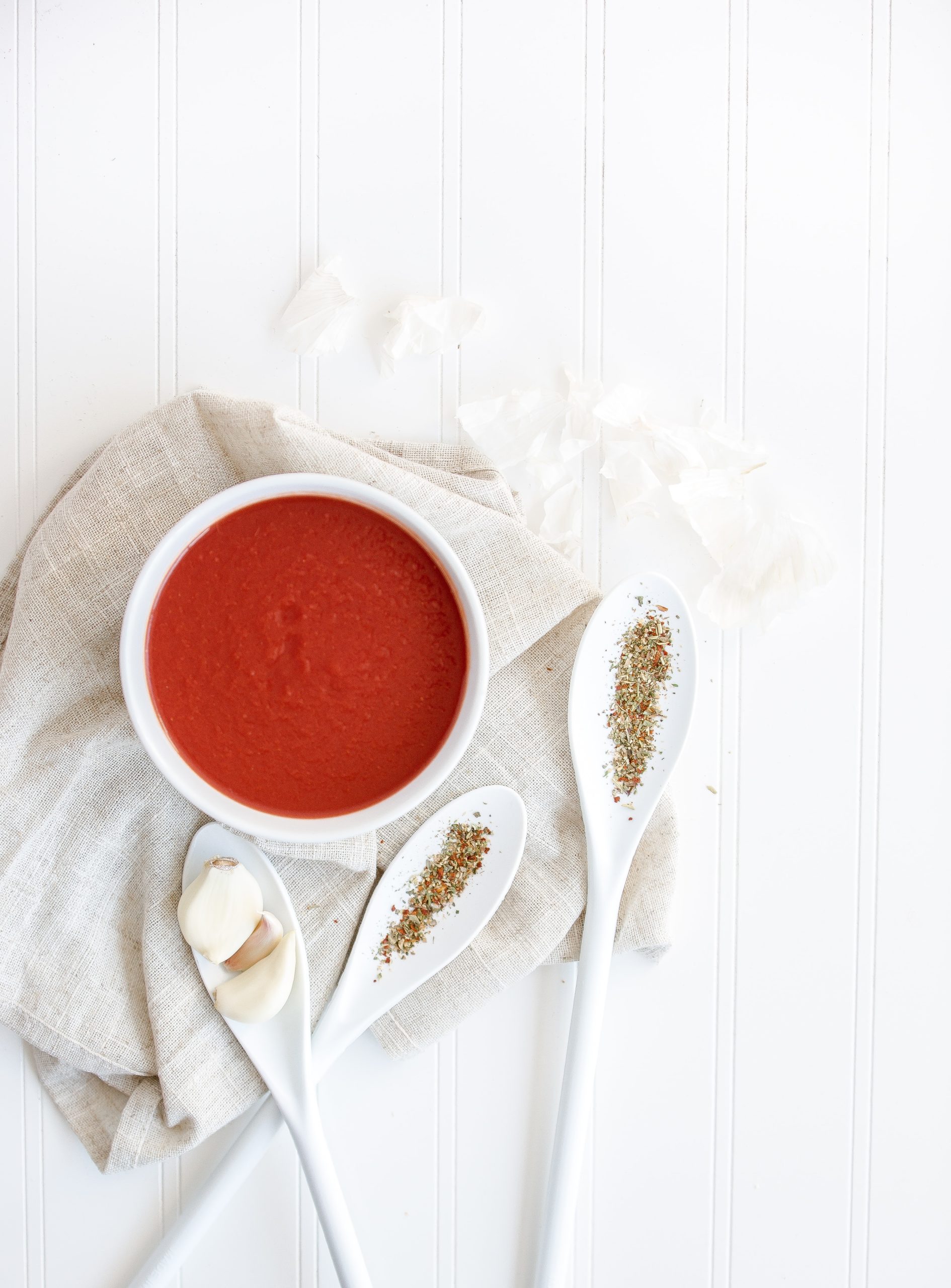If you’re like many home cooks, your meals have involved a number of sauces over the years. But are you aware that you’re probably using some of the famous “mother sauces”? The term mother sauces was coined by a chef named Auguste Escoffier in the nineteenth century. Escoffier came up with this system to describe sauces that serve as the foundation for numerous dishes.
The enduring popularity of these sauces is a testament to their versatility and tastiness. Each of the five mother sauces has its own flavor profile that complements different dishes. While not a hard rule, a general principle to keep in mind is that the paler the color of the sauce, the lighter type of protein you serve with it. For example, hollandaise sauce is a simple buttery sauce that pairs well with eggs, while brown sauce is perfect for roasts.
- Bechamel Sauce
Bechamel sauce is similar to Alfredo sauce in appearance, although it doesn’t include the parmesan cheese Alfredo sauce is known for. Bechamel’s distinction also comes from the fact that it’s created using just flour, butter, and milk; the combination of these ingredients gives bechamel sauce a particularly creamy taste. When you’re cooking something like macaroni and cheese or chowder, chances are, you’ll be using a bechamel sauce to get that hearty flavor.
For a tasty recipe that makes use of a bechamel sauce, consider this lasagna by Food & Wine.
- Brown (Espagnole) Sauce
As its name suggests, brown sauce is defined by its dark-colored appearance. A typical brown sauce is created from a reduction of beef stock, flour, butter, carrots, celery, onions, and sometimes tomatoes. Also referred to as “espagnole” (Spanish) sauce, this style is typically served with red meats. Demi-glace sauces use brown sauce as a base and can also be added to cuts of meat, including steak and lamb.
The Spruce Eats provides this simple espagnole sauce recipe that includes tips for converting it into a basic demi-glace.
- Hollandaise Sauce
To make hollandaise sauce, you’ll need to combine clarified butter, lemon juice, and a couple of egg yolks. The resulting mixture is often used for adding a little extra flavor to seafood (including shrimp and lobster) and vegetables like asparagus and broccoli. If you’ve ever had Eggs Benedict, you’ll recognize this sauce as the mixture drizzled over your egg and English muffin.
To make a basic hollandaise sauce, you can use this recipe from the Food Network.
- Tomato Sauce
Not many people living in the U.S. haven’t encountered tomato sauce at some point in their lives. Whether you recognize it in your weekly spaghetti dinners or enjoy it baked into a savory lasagna, tomato sauce is a well-loved style that adds flavor to virtually any type of pasta. As you may guess, tomato sauce involves cooking several tomatoes with a variety of spices that include thyme, onion, garlic, and salt.
Food Above Gold provides this tomato sauce recipe that includes the use of pork bones to add a rich flavor.
- Velouté Sauce
While you may not have heard the term “velouté” sauce before, you’ve likely tasted it on dishes like chicken or fish. Velouté sauce is similar to bechamel but uses stock instead of butter for its liquid, resulting in a lighter flavor. Consider creating a velouté sauce with leftover fish or chicken bones, as these pieces will help give the sauce a mild flavor that doesn’t overpower the rest of the dish.
For this final mother sauce, consider trying this velouté recipe from the August Escoffier School of Culinary Arts.
If you would like to take your sauce making to a new level check out Sauces: Classic and Contemporary Sauce Making, Fourth Edition by James Peterson.
Click the link to purchase.

